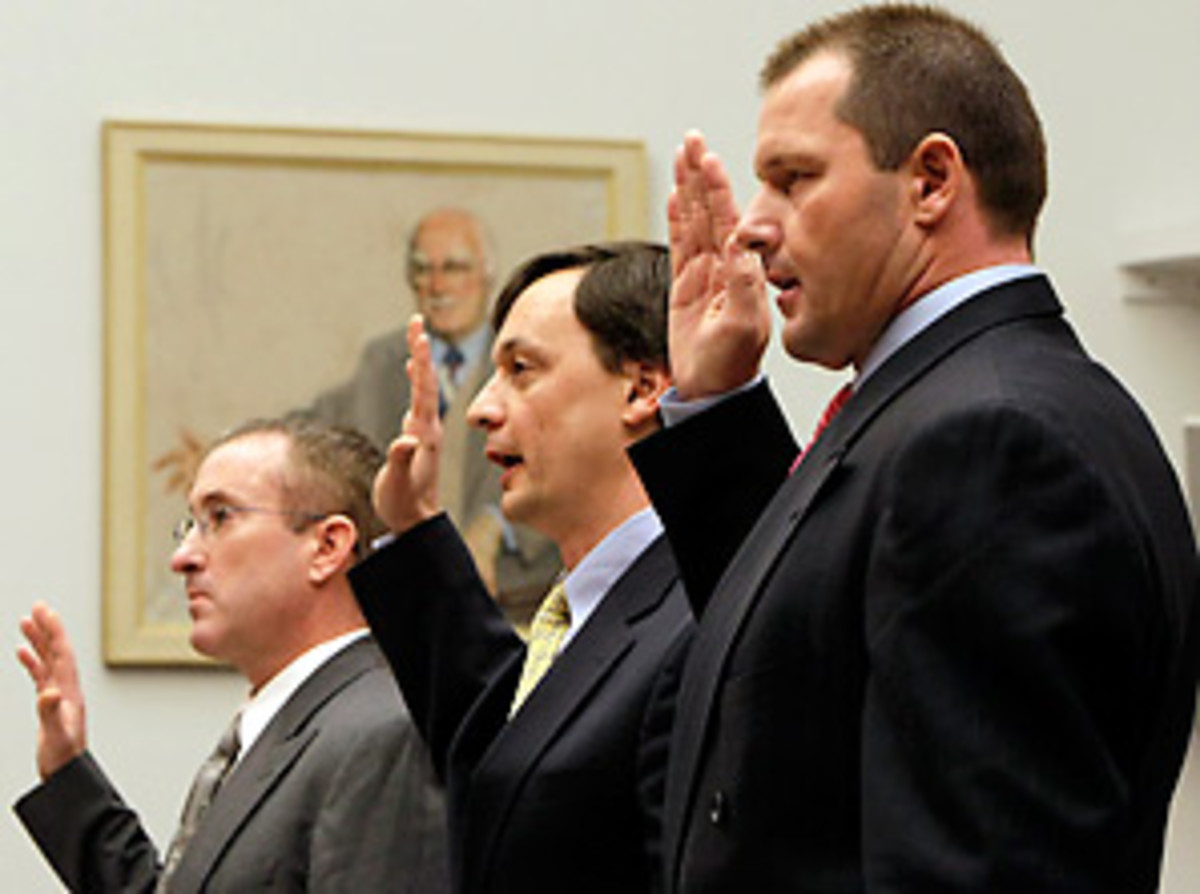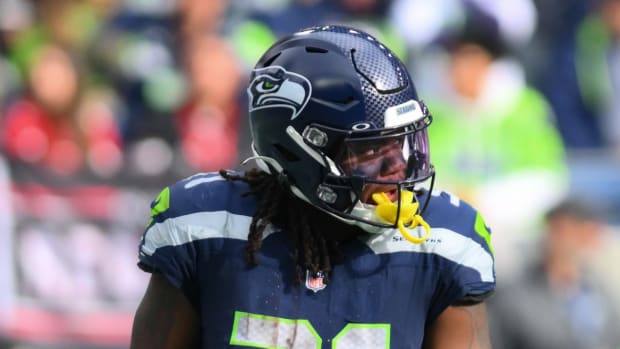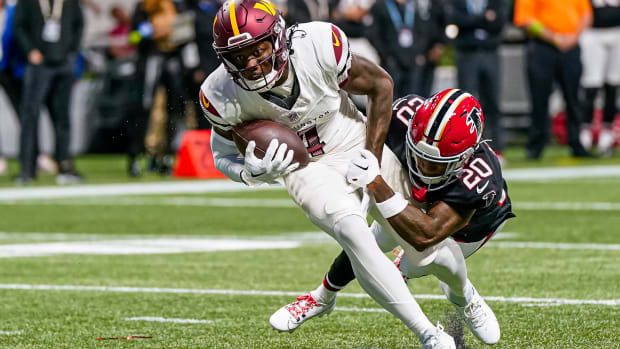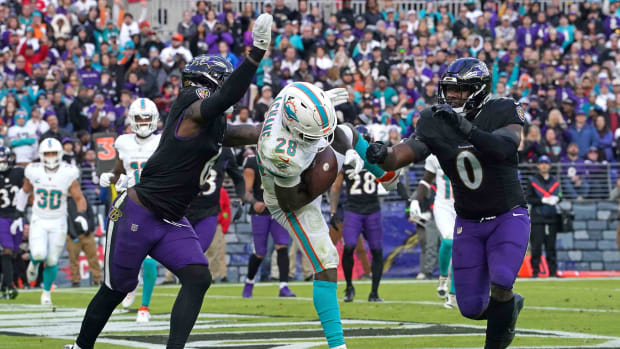
The NFL picked the right time to get serious about HGH testing
In 2006, then-NFLPA head Gene Upshaw famously dismissed the possibility of having blood draws to test players for human growth hormone, which is undetectable in urine, with the argument that he was not ready to turn NFL players into human "pin cushions." The premise was difficult to believe. But there was another reason not to embrace HGH testing at that time: It wasn't very good.
Consider the history of HGH testing. The test was used, albeit sparingly, at the Athens Olympics in 2004, without a single positive test. In hundreds of tests at the next two Olympics, Turin in '06 and Beijing in '08, there was still not a single positive.
At the start of the Vancouver Games in '10, Christiane Ayotte, director of the World Anti-Doping Agency-accredited lab in Montreal, said that the HGH test was so unlikely to produce a positive that "We rely on the fact that if you take growth hormone, you will certainly take something else that is easier to detect." There was not a single HGH positive in Vancouver, either.
Presumably, that was not because HGH has fallen out of fashion. In fact, if anything, the drug has probably increased in popularity because of the difficulty of detection and the alleged symbiotic anabolic effect that HGH has when used with steroids, allowing doping athletes to get more bang from a lower (and less easily detectable) dose of steroids. The only controlled trial of HGH for sports performance shows that it may have some benefit on its own as well. A study of recreational athletes -- not pros -- published in the Annals of Internal Medicine reported that regular injections of HGH could improve sprint time by .4 of a second over 100 meters. (The gap between Usain Bolt and last place at the '08 Olympics was 0.34.) The improvement disappeared six weeks after the HGH was discontinued.
The reason that there were no positives was because the test was so insensitive that a cheating athlete could have taken HGH with his breakfast and been clean by dinner. HGH naturally comes in three different "isoforms," or structures, each with a different weight. The primary forms weigh 20 kilodaltons and 22 kilodaltons. But synthetic HGH comes only in the 22-kilodalton variety. So when an athlete injects HGH, the drug upsets the normal ratio of HGH isoforms in the body, and that is what the test depends on. If an athlete's ratio is out of whack, then he or she may have injected HGH. The trouble in years past, though, was that anti-doping scientists didn't have a great bead on what the range of normal ratios looked like, so they had to be careful about declaring a test positive. Thus, the threshold for a positive test required a ratio that was abnormal by about six-fold compared to what is natural in the body. And because the human body corrects the ratio swiftly after HGH injection, there was a miniscule window of time when an athlete could actually have an isoform ratio that was askew enough to cause a positive test.
But in early 2010, that began to change. Anti-doping scientists had collected enough data on the normal human range of HGH isoform ratios to cut in half the threshold that triggers a positive test. That also extended the window for catching a cheater by at least a day, and perhaps two. In February 2010, British rugby player Terry Newton became the first athlete to test positive. Since then, a half-dozen other positives have come in from around the world. The flood gates didn't exactly open, but at least the possibility of a positive test became reality, and along with it came some semblance of the deterrent factor that testing is meant to engender. And, according to Ayotte, an even better test that would extend the detection window a few more days may be ready next summer. In short, the NFL picked a perfect time to start serious HGH testing.
And the players seem only to have mild recoil at their newfound pin cushion status. "I have no problem with [HGH testing]," Vikings linebacker E.J. Henderson told SI. "If you have to get your blood drawn once, twice, three times -- or four, five times a year, that would be something different. I don't have a problem with testing, but how often do they have to draw blood?''
Charlie Batch, Steelers backup quarterback and an NFLPA executive board member, told SI that he supports appropriate testing because "I saw what happened in baseball with the Congressional hearings. We do not want Congress in our business."
Not that the testing is perfect. Far from it. Many anti-doping tests operate according to a premise that calls to mind the "beyond a reasonable doubt" standard of criminal courts: A threshold for a positive test is set high enough such that some cheating athletes skate through in return for the assurance that clean athletes will not be unduly penalized. And, ultimately, the devil will be in the details of NFL testing. According to the agreement between the league and the player's union, "the Program on Anabolic Steroids and Related Substances will include both annual blood testing and random blood testing for human growth hormone, with discipline for positive tests at the same level as for steroids." If the random testing is truly random and entirely unannounced, then the NFL just got serious about HGH testing at exactly the right time.





































